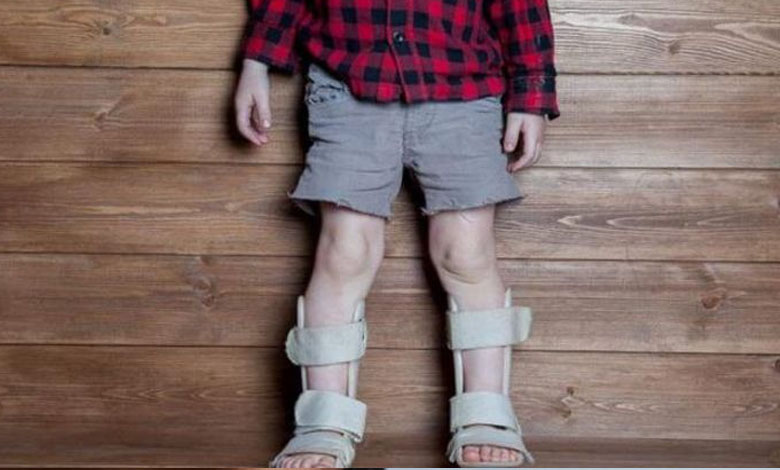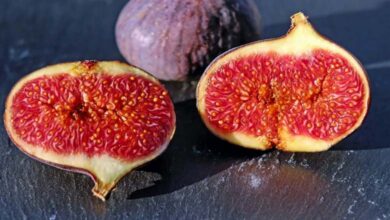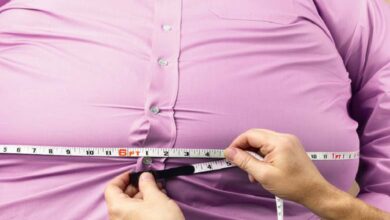Osteomalacia : causes, symptoms and treatments

Osteomalacia is a bone disease characterized by the demineralization of the bone. It is usually caused by severe, prolonged lack of vitamin D.
What is osteomalacia?
According to the National Library of Medicine, “Osteomalacia is a diffuse metabolic osteopathy in adults characterized by a defect in mineralization of the bone protein matrix. The causes of osteomalacia are varied and most often due to severe and prolonged vitamin D deficiency.”
In other words, osteomalacia is a bone disease. This disorder results from mineralization of the bone matrix that makes the bone soft and can cause deformity.
Osteomalacia should not be confused with osteoporosis. Although these two diseases decrease bone mass, they still have differences. Osteoporosis is a disease where bone mass is reduced, but the ratio of bone mineralized to bone matrix is normal. In osteomalacia, the ratio of bone mineralized to bone matrix is low.
2. What are the symptoms of osteomalacia?
Osteomalacia can manifest in a variety of ways. Indeed, generalized demineralization of the bones can be observed through various symptoms such as bone pain, in particular in the back, the ribs, the pelvis, the sacrum, the scapula or the legs. Pain may be spontaneous or felt during movement.
Weakening of muscles, weakened teeth, and deformed bones may also occur later in the disease. Spontaneous fractures or tetany attacks may also occur.
3. What causes osteomalacia?
Osteomalacia can be explained in three ways.
The first, the most common, is due to a disorder of vitamin D metabolism. Vitamin D and/or calcium deficiency results from diet (or exposure to natural sunlight for Vitamin D). This deficiency is the most common form of osteomalacia.
The second cause is renal phosphate leakage, which can be acquired or inherited. Finally, there are rare causes related to a local alteration of the bone mineralization process.
4. What are the treatments for osteomalacia?
Exposure to sunlight is usually advised if vitamin D is not consumed enough in the diet: about 15 minutes every other day. However, be careful to protect yourself with sunscreen, especially sensitive areas such as the face, arms and hands.
Consumption of foods high in vitamin D should be preferred. This ensures that the calcium crystals are effectively fixed to the bone marrow. Egg yolk and cow’s milk are recommended.
Foods that are sources of phosphorus may also be effective. Roasted squash, pumpkin, sunflower seeds, lentils and always cow’s milk are then chosen.












